During the last two decades of the 20th century, the Grand Prix de la Citadelle had its heyday. A large international public stormed the slopes of the famous Namur hill. They settle down, sometimes more than a week in advance, in tents set up at strategic places of the circuit so as not to miss a crumb of the fabulous spectacle of the first Sunday of August.
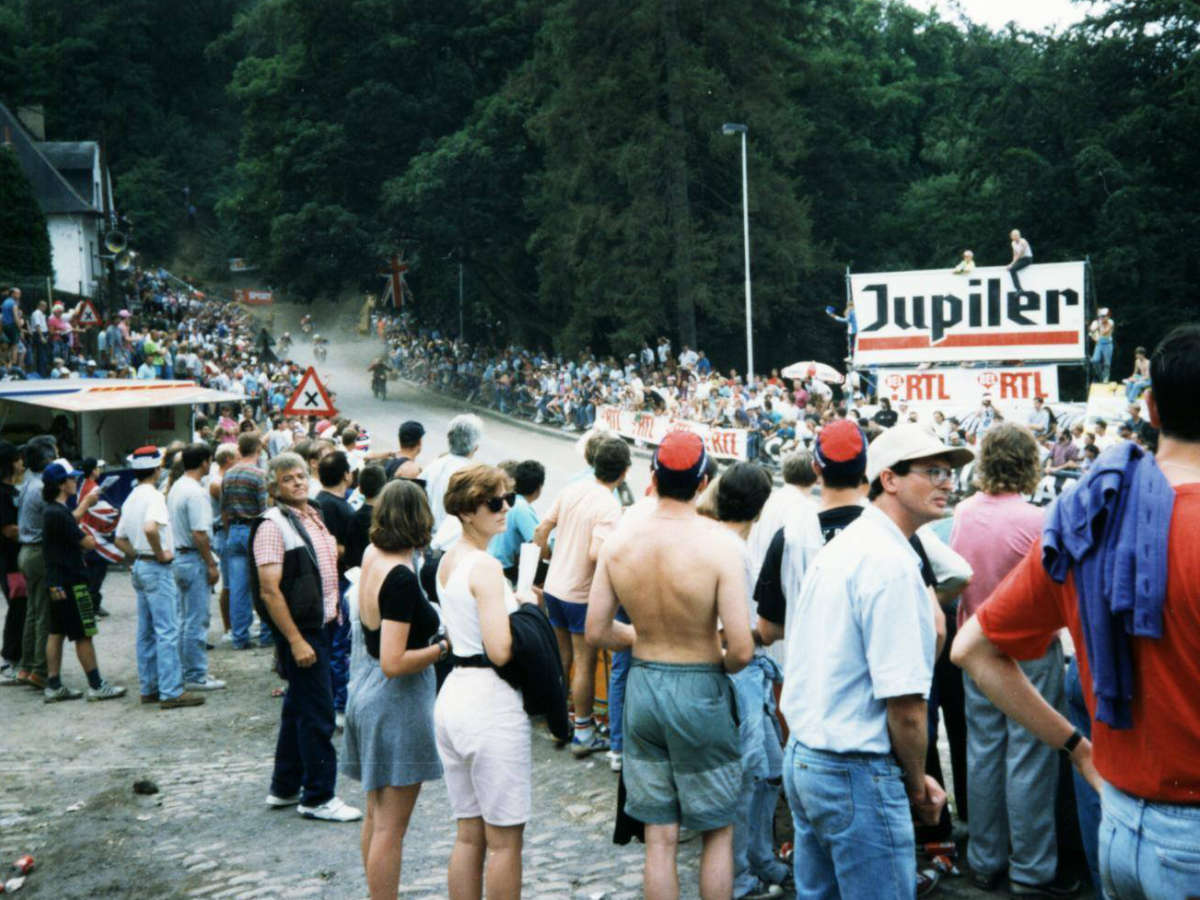
The Most Spectacular Circuit
The atmosphere is exceptional according to the riders themselves. The spectators, scattered along the 2700 meters of the track, suddenly discover the riders and encourage them noisily. English, American, German and French contingents are also sympathetically noticed by their fan outfits!
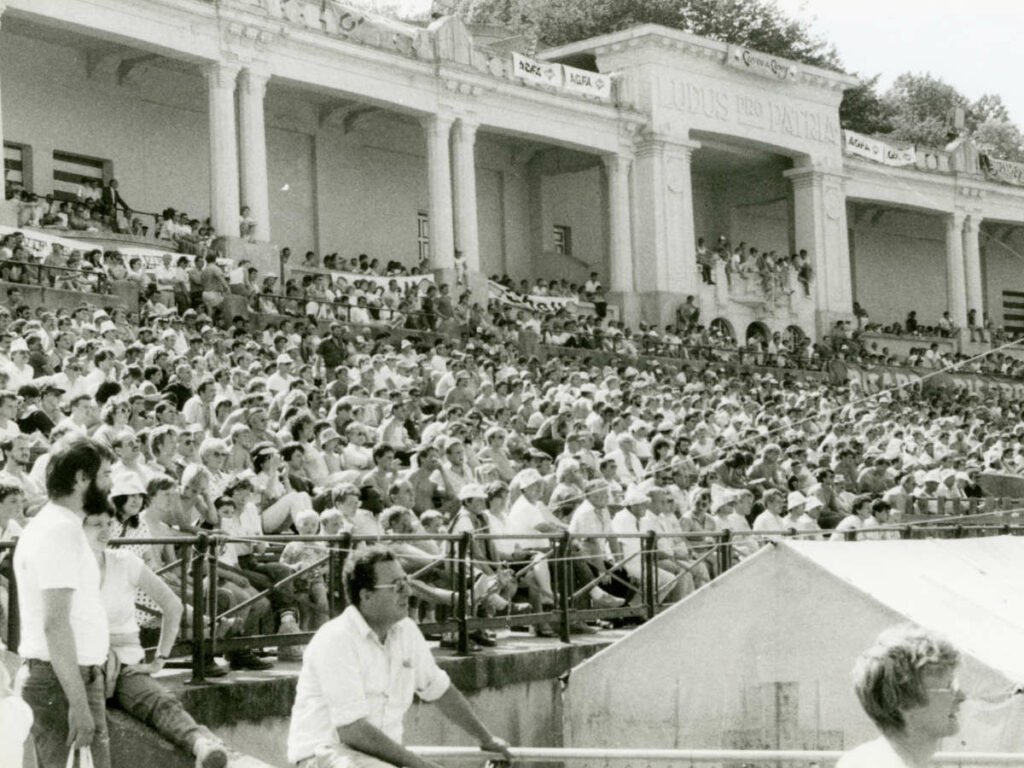
Madly encouraged by their fans, the riders become real stars. They move the crowds that follow them and that are not always respectful of the environment where the Grands Prix take place. Tensions rose between supporters and opponents of the circuit laid out at the Citadel of Namur. The organisers successfully multiplied the initiatives to respond to the criticisms made by their detractors: waste collection, relocation of the campsite, fencing to protect the properties, suppression of parties, etc.
On a sporting level, the champions very often fight for the world title in Namur. In 1979, the surprise came from a young teenager from the Hut region. André Malherbe, new rider at Honda after having moved to KTM, participated in the Grand Prix de la Citadelle to help his team leader Graham Noyce to win the world title. He finished the first race behind Roger De Coster, supported that day by Eddy Merckx and Paul Van Himst, while his team-mate secured the first world place. In the second race, he was ahead of his prestigious elder brother who was delayed by a flat tire. The following year, these two champions met again at Honda who hired Roger De Coster to help the team to keep the title.
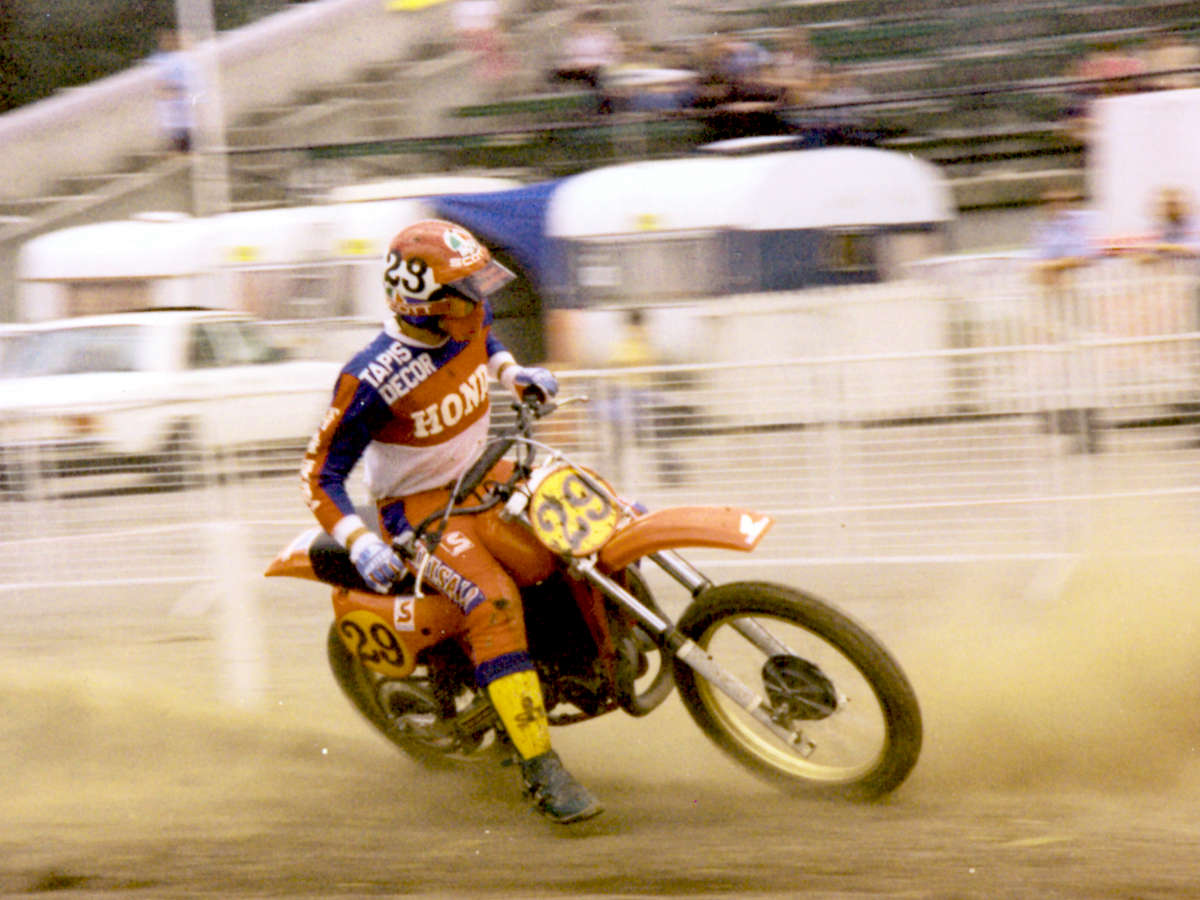
Dédé Malherbe, the favourite
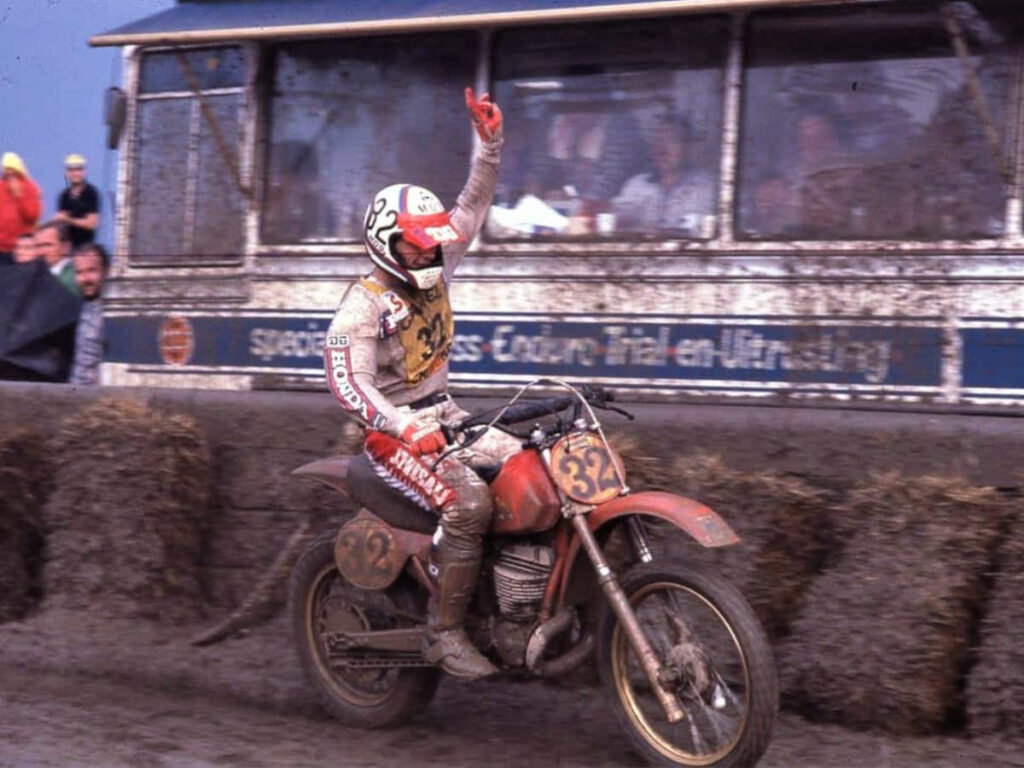
The 1980 Grand Prix was epic. In the championship, the American Brad Lackey, on a Kawasaki, was seven points ahead of André Malherbe before their explanation at the Citadelle. The Belgian rider was the fastest in both rounds and made up for it. Roger De Coster also beat Brad Lackey in one round and had him lose valuable points. He then won the last Grand Prix of his career in Luxembourg while “Dédé” Malherbe secured his first world title.
I have always considered that Namur had something more. In terms of spectators, there have always been a lot of spectators in Namur and what’s more, it’s really a great public for the drivers. As far as I’m concerned, I find that Namur is really special.
André Malherbe (3 x MX WC)
The following years saw a new duel. André Malherbe faced a strong Swede called Hakan Carlqvist who rode a Yamaha. The latter won at the Citadelle in 1981 but “Dédé” took no risks in order to preserve his lead in the championship, which he won a second time. The following year, the two rivals were not in good shape. The Belgian broke his leg at the US Grand Prix and the Swede suffered numerous crashes and injuries. It was André Vromans who won the Citadelle race before finishing runner-up to Brad Lackey, the first American to win a world motocross title. In 1983, in Namur, André Malherbe missed the start of the first race and let “Carla” flew away to victory. He won the second race, but his rival stayed in his escape route. The Scandinavian won the Belgian Grand Prix and then the world crown.
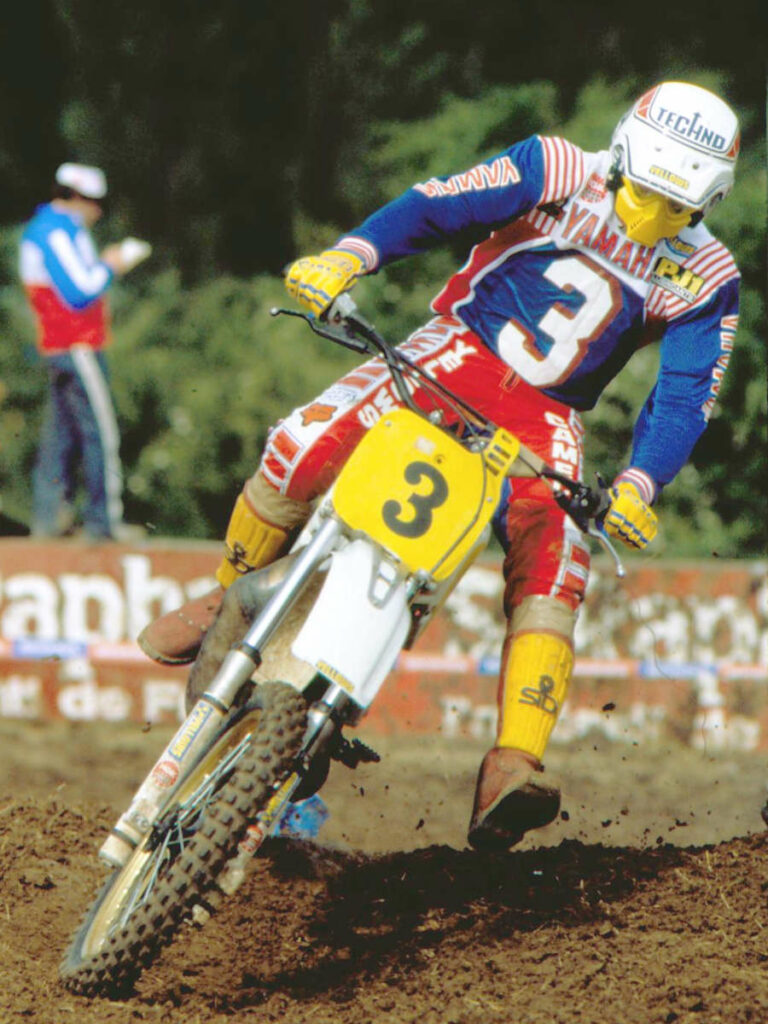
The Circuit Under Pressure
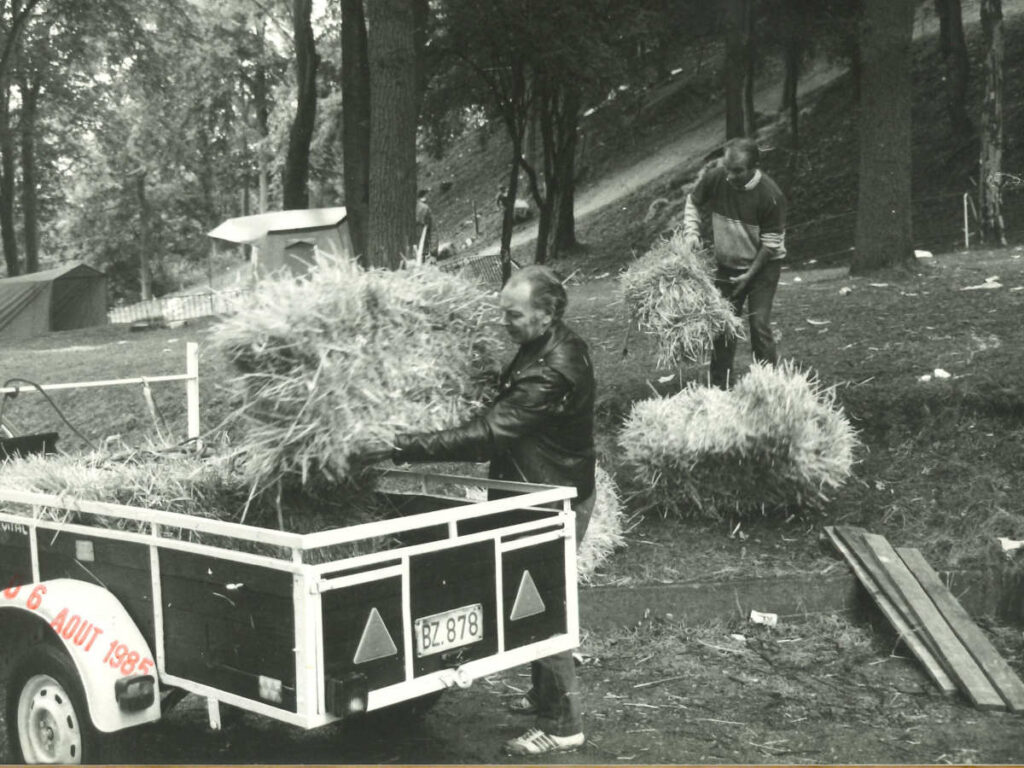
The Citadelle circuit remained silent in 1984. The homologation was not granted by the International Motorcycling Federation due to negative pressure from the representative of the riders’ association, the Belgian Jaak van Velthoven. The Belgian Grand Prix was organised in Marche. It was won by Dave Thorpe but André Malherbe, his Honda teammate, was crowned world champion.
On August 4, 1985, the Citadelle was once again a motocross track. The circuit is slightly modified A 40-metre artificial section was built near the Sainte-Thérèse chapel. The competition was dominated by the Honda riders who occupied the first three places in the world ranking. The young Englishman Dave Thorpe won ahead of the experienced Malherbe. He received a standing ovation from a crowd of British supporters gathered near the chalet of the monument.
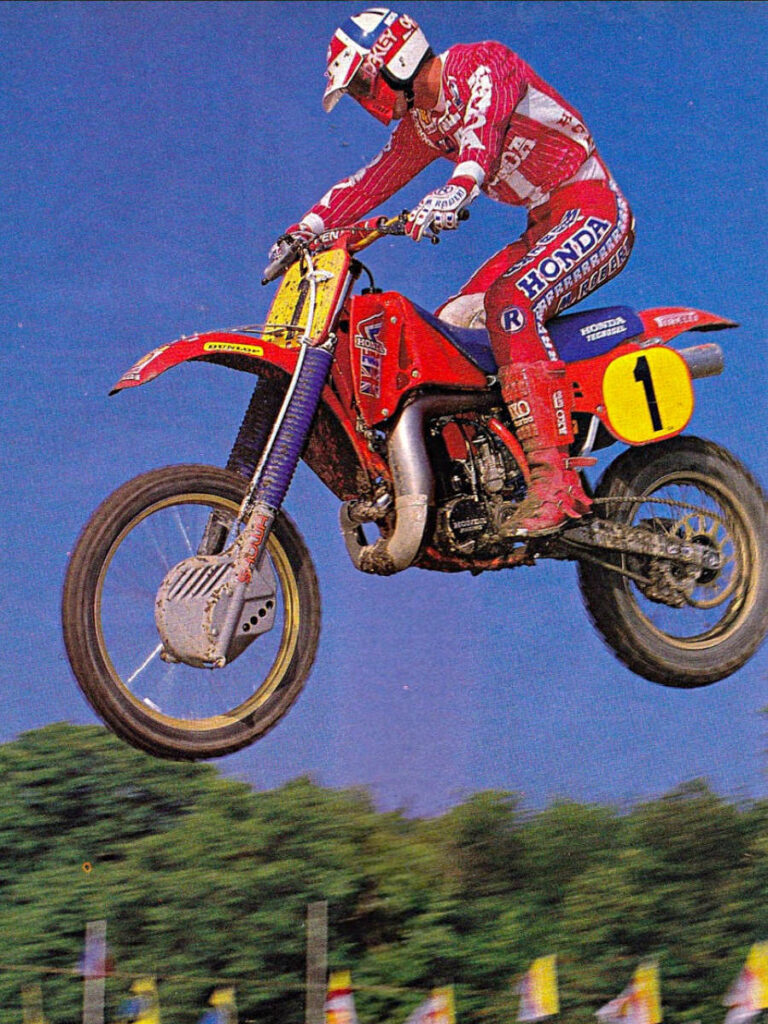
A victory here remains marked forever! I won about thirty Grand Prix but the victories that I have here in Namur, I remember them all and I am not ready to forget them.
Georges Jobé (5 x MX WC)
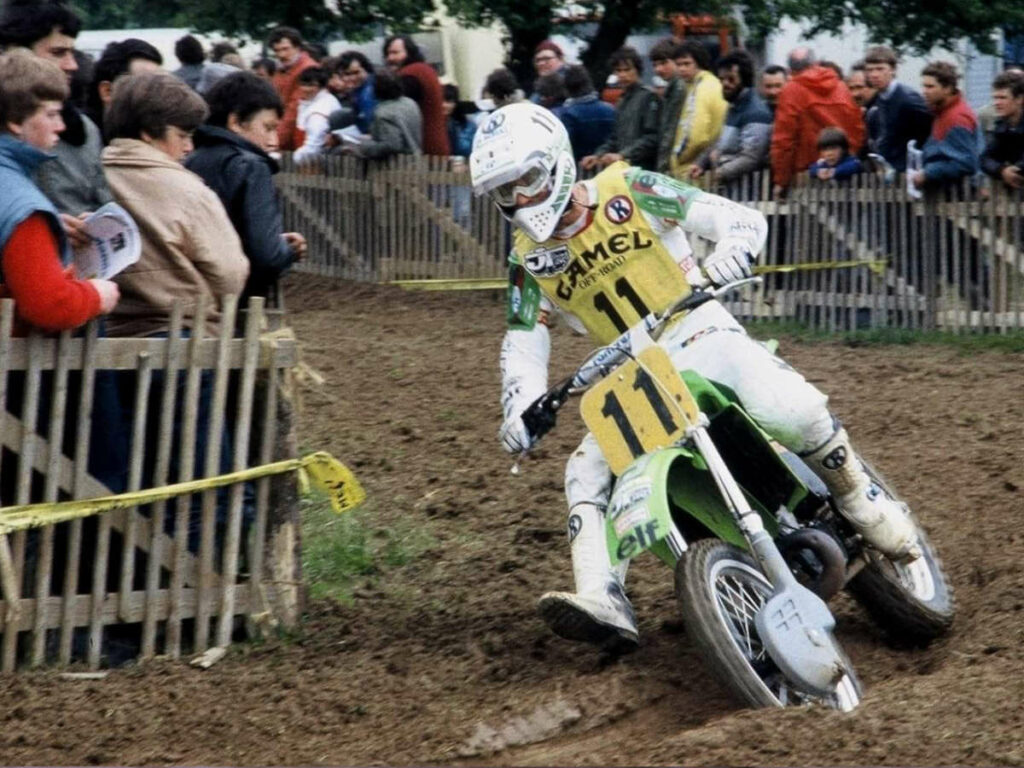
The following year, after the exploits of the Red Devils in the semi-final of the World Cup in Mexico, the Belgian riders also won their match against the international competition. In Namur, in front of a particularly large audience, Georges Jobé took first place on the podium ahead of Eric Geboers and the indestructible André Malherbe. He managed to beat the Honda armada with his Kawasaki bike, but in the end, Dave Thorpe deprived André Malherbe of a fourth world title for five small points.
Under pouring rain
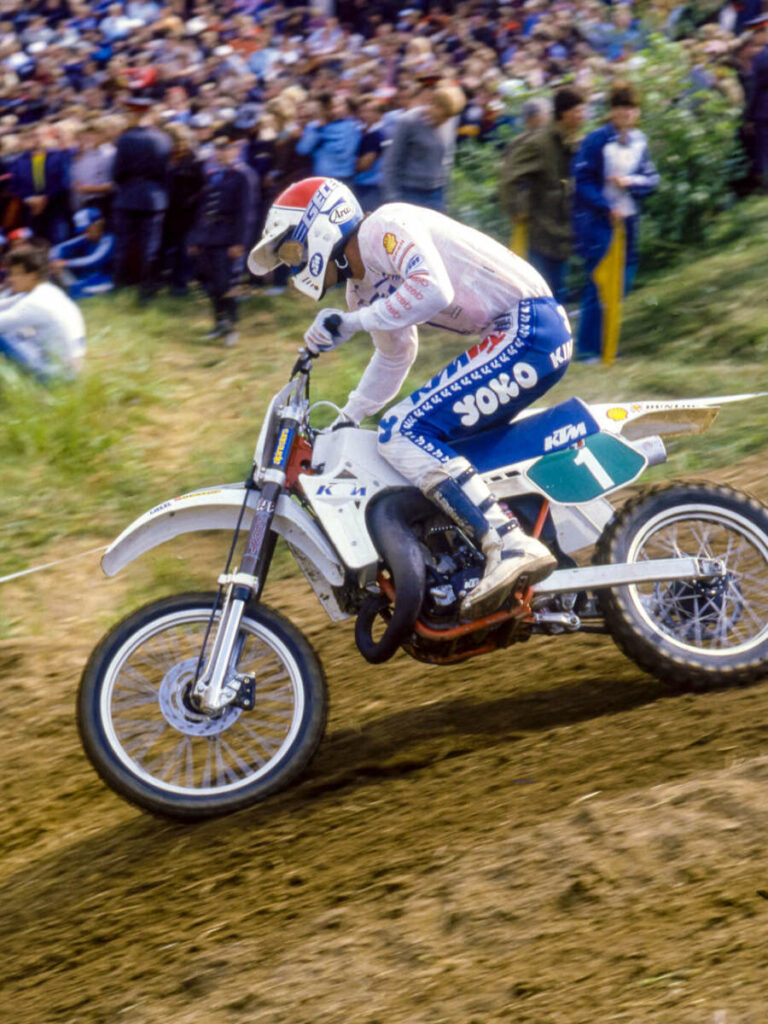
The 1987 edition took place in pouring rain. The track was completely soaked. Georges Jobé, on a « private » Honda, emerged from the mud and won the first race. He had to give up after a mechanical breakdown in the second race, but he won the world crown in an authoritative manner. The winner of the Grand Prix de la Citadelle is an Austrian rider specialised in the 250 category, where he was world champion in 1984 and 1985. Heinz Kinigadner is nicknamed “Ketchup” in reference to his first name and the difficulty of pronouncing his name.
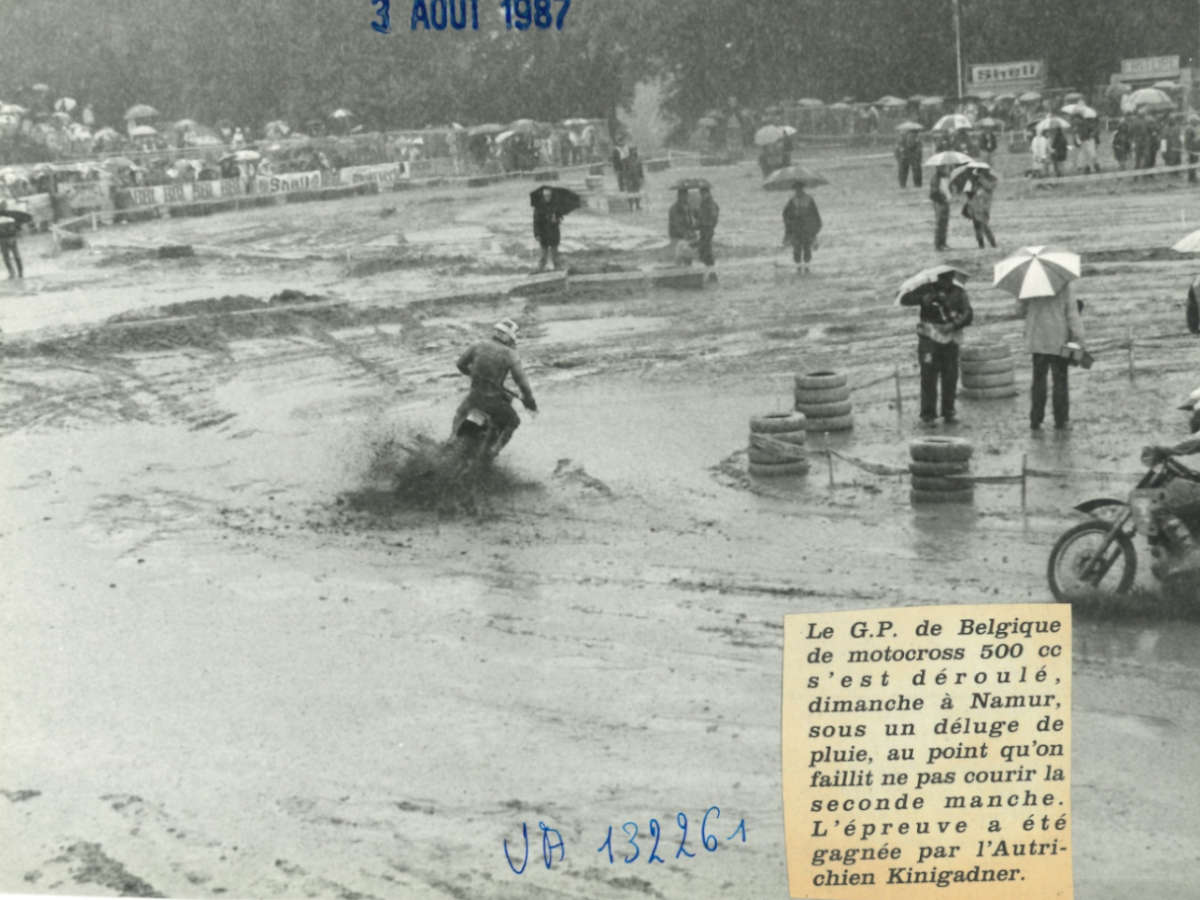
The 1988 Grand Prix welcomed a returning winner. Hakan Carlqvist ended his Kawasaki career in style. He won the penultimate race of the season at the Citadelle by stopping at the monument’s chalet to enjoy a beer handed to him by his brother. The televised images of this feat of panache went around the world. They almost stole the show from the other star of the day. Eric Geboers gleaned the final points that were enough for him to win the world title. He is the first rider to win in all three classes after having been champion in 125cc and 250cc. In Namur he became “Mr 875”.
The Big Game of The Belgians
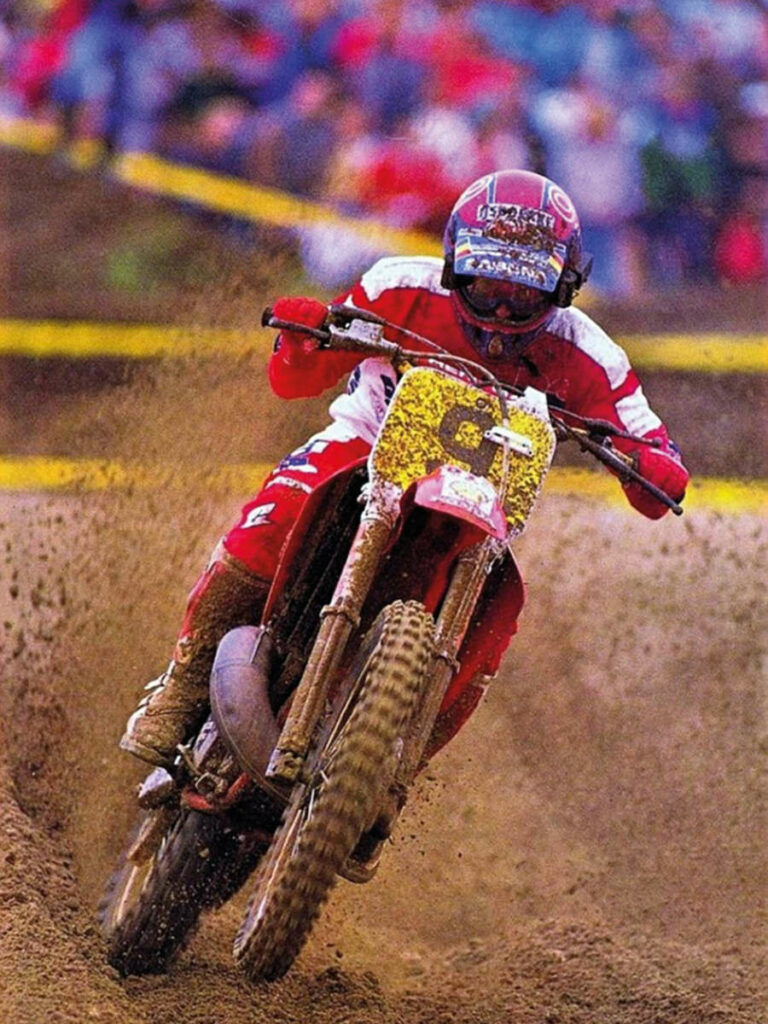
In the ever-dominant Honda team, Thorpe and Geboers won the Citadel Grand Prix and the world title in 1989 and 1990 respectively. They dominated the competition during these two years. Eric Geboers finally won in Namur, on his 28th birthday, and at the same time claimed a fifth world title. The “Kid” joins the club of the most successful pilots, formed then by Roger De Coster and Joel Robert.
With the sole exception of Jacky Martens, the 90s crowned different riders in Namur. They also marked the return of the European teams after almost twenty years of Japanese domination. They did not bring good luck to Georges Jobé who won the championship in 1991 and 1992 without winning at the Citadelle. He was beaten by the surprising Jacky Martens and then by the Englishman Kurt Nicoll who were also his greatest rivals during the season. For the anecdote, the Namur circuit offers a first to the spectators. A motocross race is reserved for about thirty female riders!
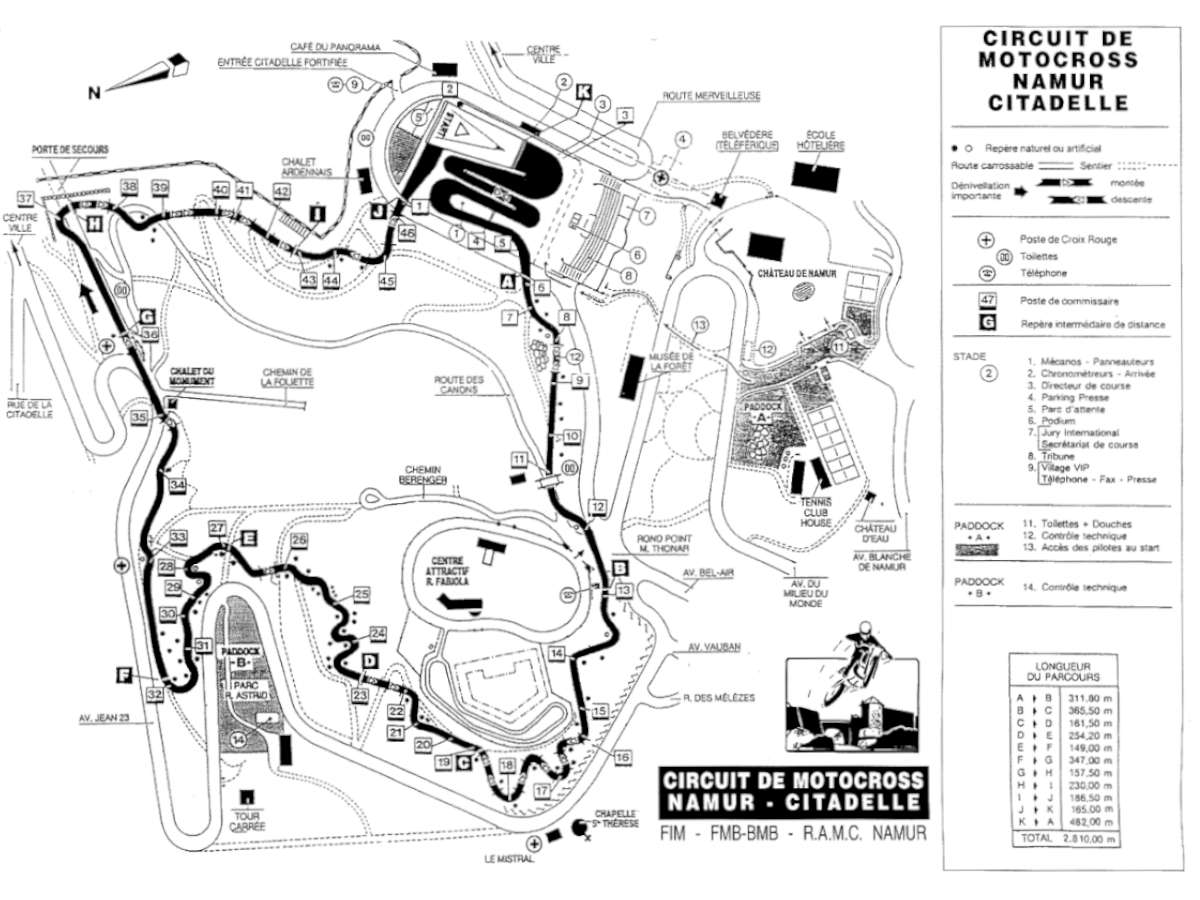
In 1992, the Grand Prix was held over three rounds of 25 minutes plus two laps. Points were awarded according to the place in each round. This edition was also marked by a serious accident during the training sessions on Saturday. David Wynants, rider from Namur, hit a tree and suffered heavy fractures that will leave him paralysed.
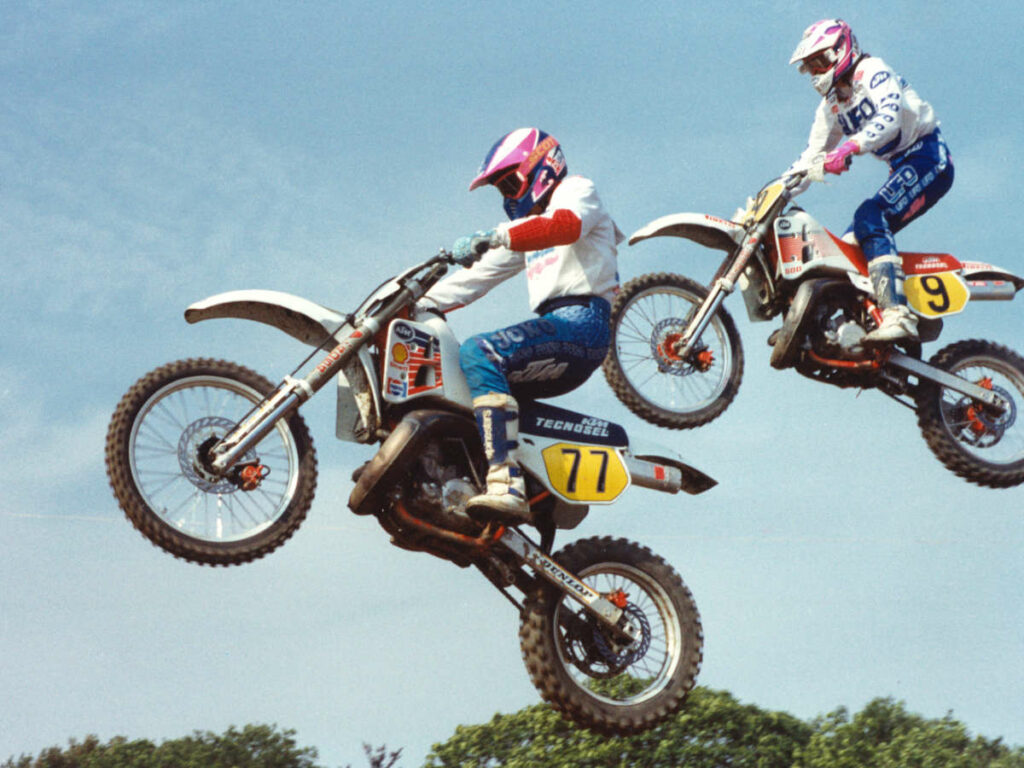
On Sunday 1st August 1993, Belgium was in mourning. King Baudouin died the day before in Motril, Spain. The Grand Prix was still held according to the modified formula of the previous year, in three rounds. Jacky Martens, who had switched from KTM to Husqvarna, rode a bike with a four-stroke engine. Such an engine hasn’t been used in Namur since the time of the BSA of Jeff Smith and Arthur Lampkin in the 1960s! The Swedish machine won ahead of the Honda of Nilsson and Hansson. It also allowed its rider to win the world championship by three small points.
In 1994 Marcus Hansson took his revenge by narrowly beating Martens both in Namur and in the World Championship. The Grand Prix returned to its two rounds of 40 minutes plus two laps. In Namur, the second race was won by a young Belgian rider, Joël Smets. His supporters were more and more numerous, giving the Citadelle the air of a big Flemish fair. The following year, he joined the project launched by Swedish engineers who had created a revolutionary four-stroke motorbike under the brand name “Husaberg”. He won the world crown but finished second in Namur behind another Belgian, Johan Boonen.
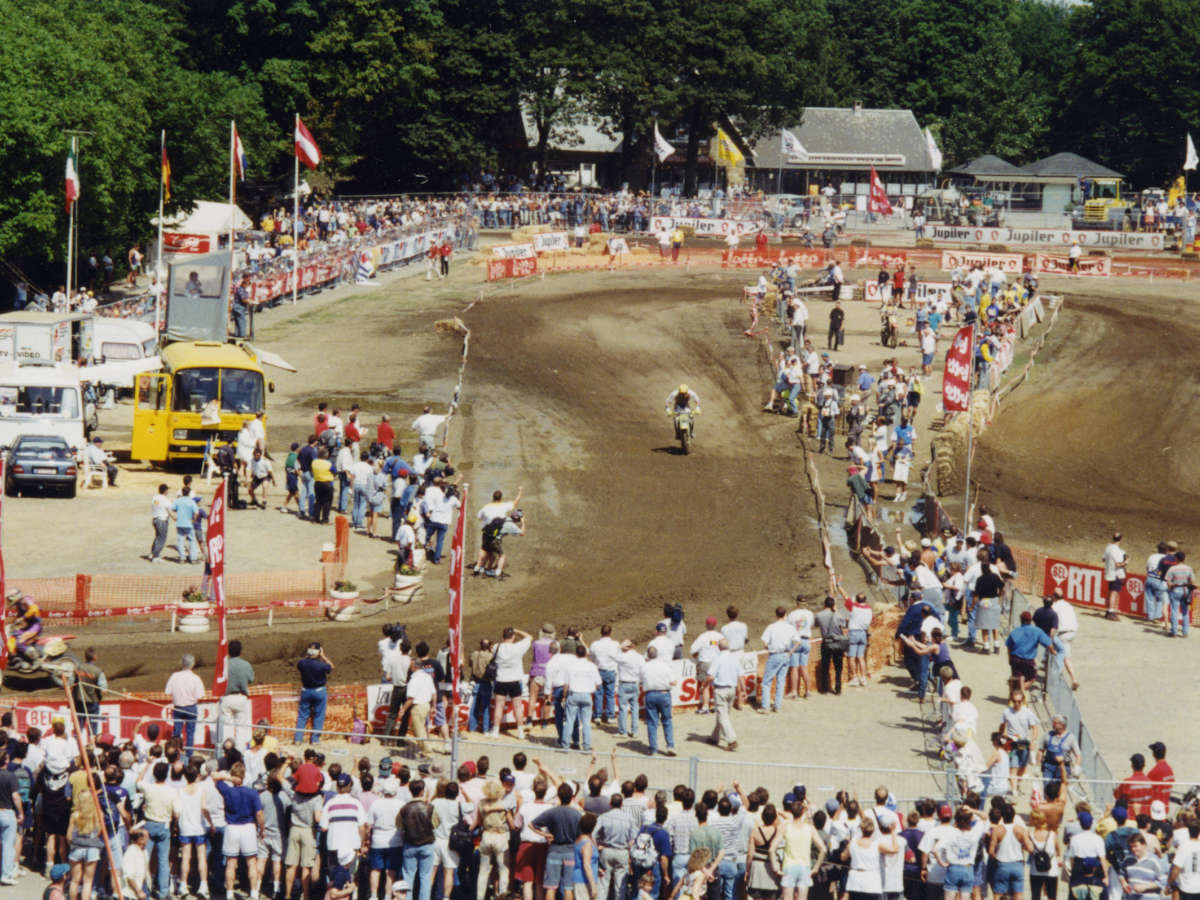
The King Brothers
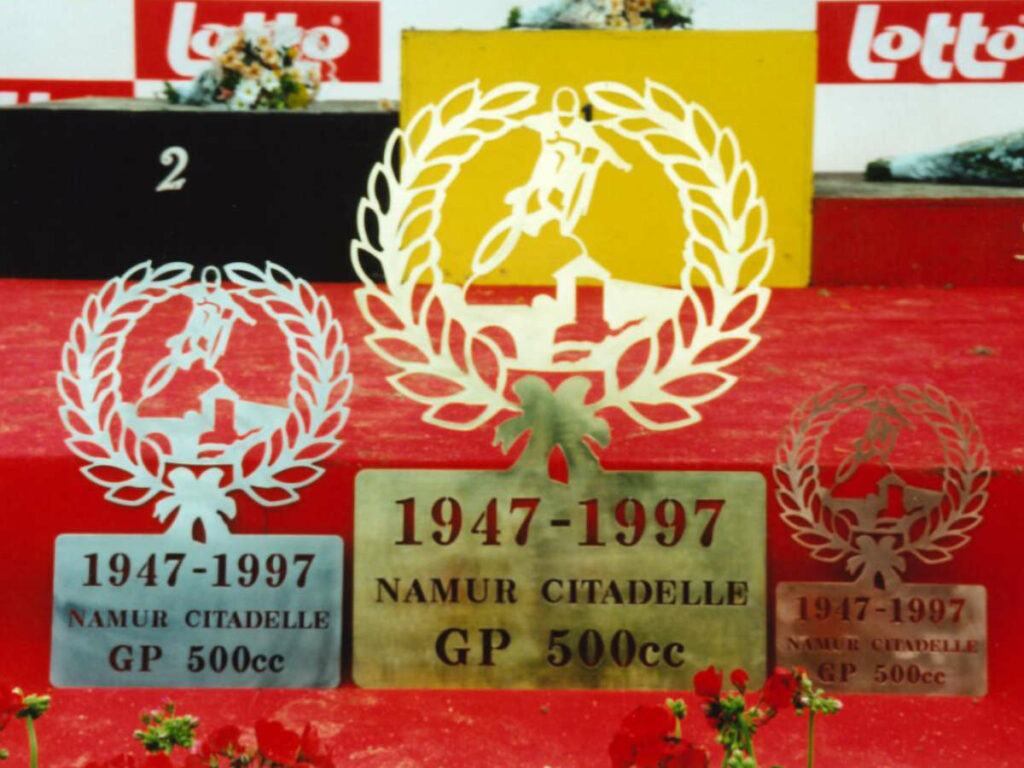
The 1996 and 1997 Grand Prix had the distinction of being won by two brothers respectively. Shayne and Darryl King are both New Zealanders, but they ride for competing teams. The first one, the younger one, dominated the 1997 season, whereas Joël Smets didn’t manage to climb on the podium in Namur but finished runner-up in the world championship. The following year, the Belgian rider took his revenge in the world ranking and finished second in La Citadelle behind the brother King.
A beer for Everts
The 1998 edition was special. Stefan Everts, three times world champion in the 250cc class, took part in the 500cc Belgian Grand Prix. He easily won both rounds and repeated the nice gesture made by Carlqvist ten years earlier. In the lead, he stops at the service park to drink a beer served by his father… Joel Smets is content to take the necessary points for his conquest of a third world title.
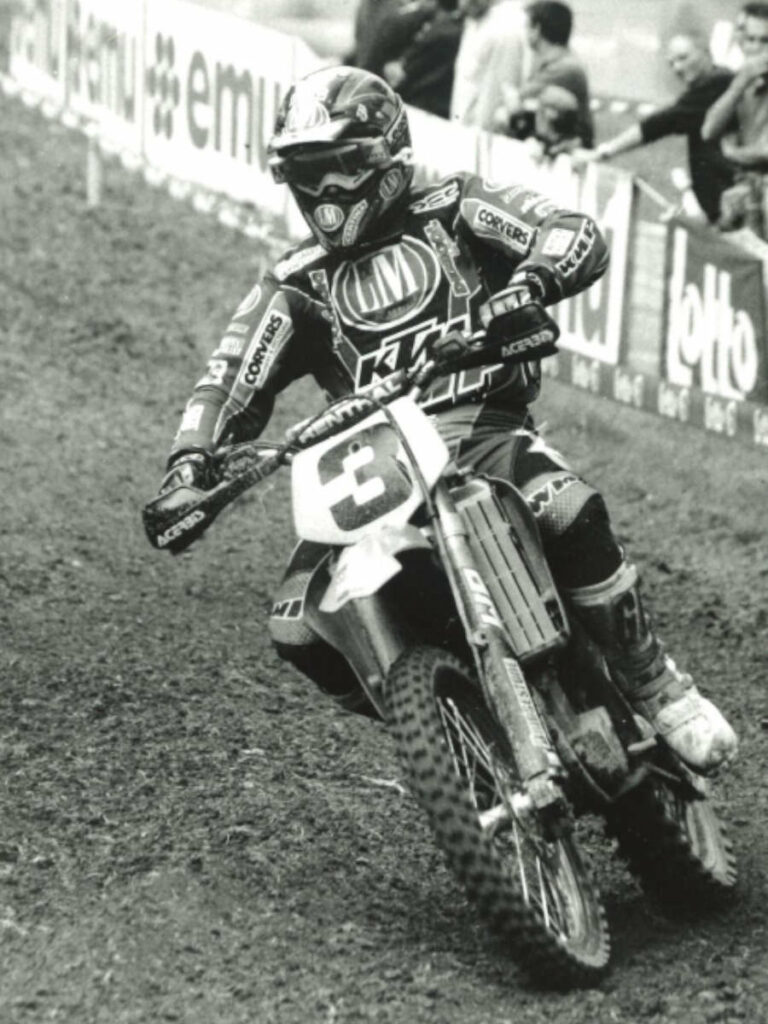
After another failure at the Citadelle in 1999, Smets finally won in Namur in 2000. He beat the winner of the previous edition, the Swede Peter Johansson. He was also crowned world champion with three Grand Prix still to be contested.
The best memory of my career, and maybe even of my life, was the year 2000 when I was able to win my 4th world title on the Namur circuit in front of thousands of spectators! It was a crazy thing when I arrived on the Citadel’ Esplanade.
Joël Smets (5 x MX WC)
The organizations of the motocross Grand Prix are entrusted to an international company whose objective is to professionalize the competitions in order to attract a maximum of investors. Among these, the television media are becoming increasingly important.

